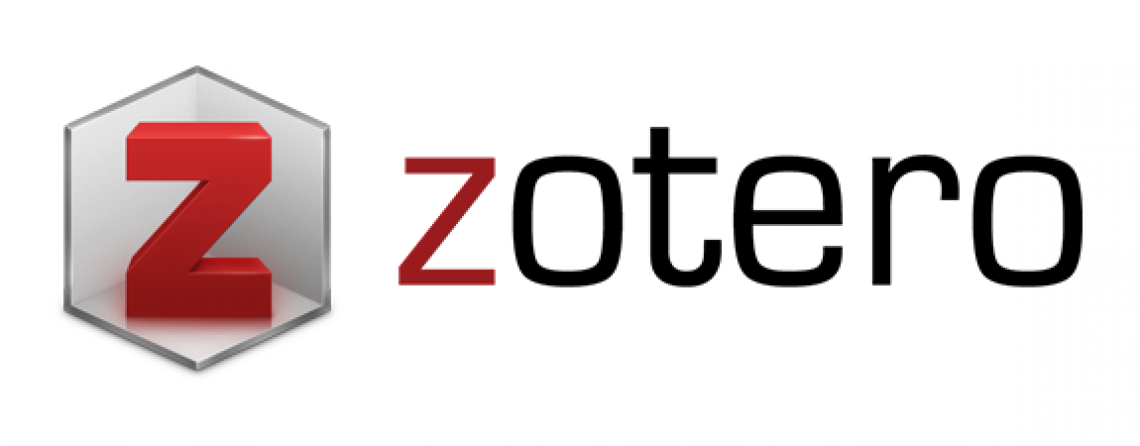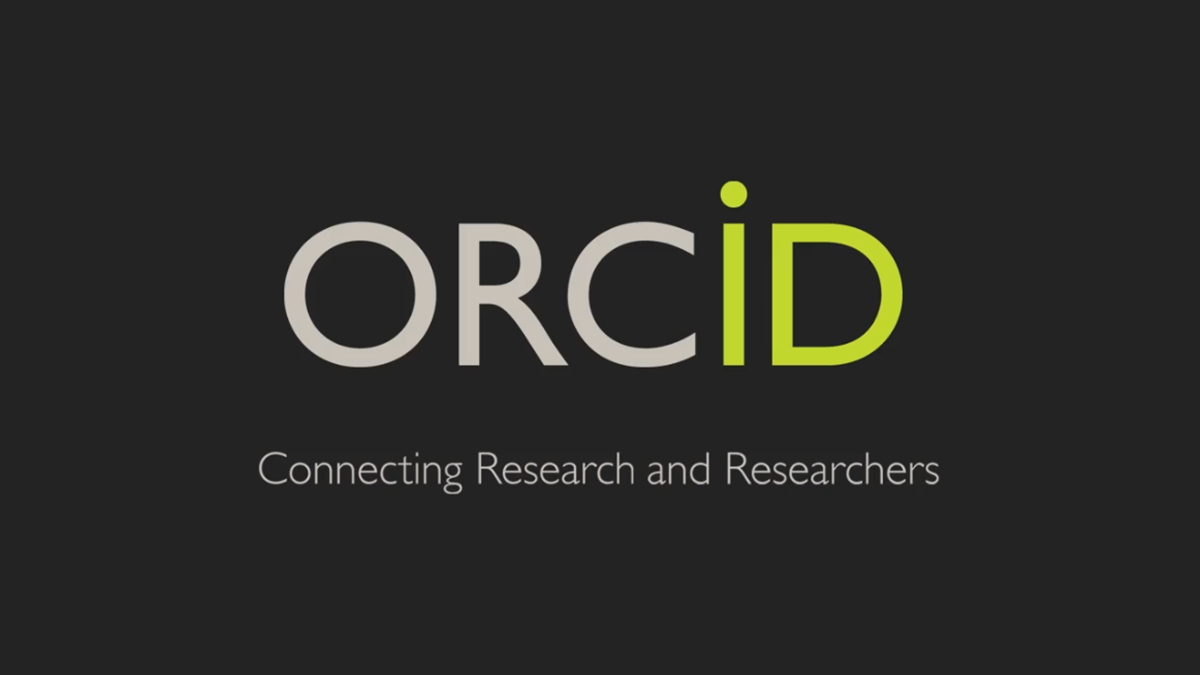Publication Ethics
For Author :
1. Reporting Standard: The author of the original research report must present an accurate report of the work performed as well as an objective discussion of its significance. The underlying data must be represented accurately in the paper. A paper should contain sufficient detail and references to allow others to replicate the work. Statements that are fraudulent or intentionally inaccurate are unethical and unacceptable behavior.
2. Data Access and Retention: Authors are required to provide raw data in relation to papers for editorial review, and should be prepared to provide public access to such data (consistent with the ALPSP-STM Statement on Data and Databases), where possible, and should be in any event . be prepared to retain such data for a reasonable time after publication.
3. Originality and Plagiarism: Authors must ensure that they have written completely original work, and if the authors have used the work and / or words of others that have been appropriately cited or cited.
4. Multiple, Redundant, or Concurrent Publication: An author should not, in general, publish a manuscript describing essentially the same research in more than one journal or major publication. Submitting the same manuscript to more than one journal at the same time is unethical and unacceptable publishing behavior.
5. Source Recognition: Proper recognition of the work of others must always be given. Authors should cite publications that have been influential in determining the nature of the work reported.
6. Papers: Entries should be limited to those who have contributed significantly to the conception, design, implementation or interpretation of the reported research. Everyone who has made a significant contribution must be registered as a co-author. Where other people have participated in certain substantive aspects of the research project, they must be recognized or registered as contributors. Suitable authors must ensure that all appropriate co-authors and no inappropriate co-authors are included on paper and that all co-authors have viewed and approved the final version of this paper and have agreed to its submission for publication.
7. Disclosure and Conflicts of Interest: All authors must disclose in their manuscripts any financial or other substantive conflicts of interest that may be interpreted to affect the results or interpretation of their manuscripts. All sources of financial support for the project must be disclosed.
8. Fundamental errors in published work: When an author discovers significant errors or inaccuracies in his published work, it is the author's obligation to immediately notify the journal editor or publisher and work with the editor to retract or correct the paper.
9. Hazards and Human or Animal Subjects: If the work involves chemicals, procedures or equipment that have unusual hazards inherent in their use, the authors must clearly identify these in the text.
For Editor
1. Fair play: Editors at all times evaluate manuscripts for their intellectual content regardless of the author's race, gender, sexual orientation, religious beliefs, ethnic origin, nationality, or political philosophy.
2. Confidentiality: Editors and editorial staff may not disclose any information about submitted manuscripts to anyone other than authors, reviewers, potential reviewers, other editorial advisers and appropriate publishers, as appropriate.
3. Disclosure and Conflicts of Interest: Unpublished material disclosed in submitted manuscripts may not be used in the editor's own research without the written consent of the authors.
4. Publication Decisions: Editorial journals are responsible for deciding which articles to submit to the journal should be published. The validation of the work in question and its importance to researchers and readers should always encourage such decisions. Editors may be guided by the policies of the journal's editorial board and are limited by the current legal requirements relating to defamation, copyright infringement and plagiarism. Editors may confer with other editors or reviewers in making this decision.
5. Manuscript Reviews: Editors must ensure that each manuscript is initially evaluated by the editor for originality. Editors should organize and use peer reviews fairly and wisely. Editors should describe their peer review process in information for authors and also indicate which parts of the journal are peer-reviewed. Editors should use appropriate peer reviewers for papers considered for publication by selecting persons with sufficient expertise and avoiding those with conflicts of interest.
For Reviewer
1. Contribution to Editorial Decisions: Peer reviews assist editors in making editorial decisions and through editorial communication with authors can also assist authors in improving papers.
2. Speed: Any selected referee who feels ineligible to review the research reported in the manuscript or who knows his quick review is impossible should notify the editor and excuse himself from the review process.
3. Standard of Objectivity: Reviews should be carried out objectively. Personal criticism from the author is inappropriate. Referees must express their views clearly with supporting arguments.
4. Confidentiality: Manuscripts received for review must be treated as confidential documents. They may not be shown or discussed with others except as permitted by the editor.
5. Disclosure and Conflicts of Interest: Privileged information or ideas obtained through peer review must be kept confidential and not used for personal gain. Reviewers should not consider manuscripts in which they have a conflict of interest that results from competition, collaborations, or other relationships or relationships with any of the authors, companies, or institutions linked to the paper.
6. Source Acknowledgment: Reviewers should identify relevant published works that have not been cited by the authors. Any statement that the observation, derivation, or argument has been previously reported must be accompanied by a relevant citation. The reviewer should also call the editor's attention if there is any substantial similarity or overlap between the manuscript under consideration and other papers published with personal knowledge.







 This work is licensed under a
This work is licensed under a 



